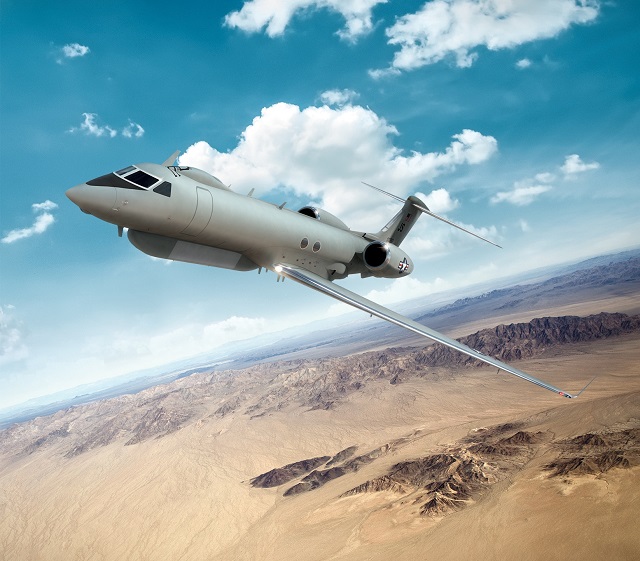An air force programme to recapitalise the timeworn Northrop Grumman E-8C Joint Surveillance Target Attack Radar System, or JSTARS, is moving forward with the Pentagon’s blessing after receiving “Milestone A” approval from the US military’s top weapons buyer last week.
The long-awaited and much debated acquisition decision clears the JSTARS Recap programme to begin maturing key technologies and reducing programme risk in earnest ahead of a formal competition expected in 2017.
The approval – signed by Department of Defence (DOD) acquisition chief Frank Kendall on 10 December – comes after considerable debate, with some within the DOD arguing against JSTARS, in favour of more dependence on other platforms for radar surveillance and target tracking, like the unmanned Northrop RQ-4 Global Hawk Block 40.
There was also trouble squeezing the estimated $9 billion aircraft programme into the military’s already overburdened fiscal year 2017 budget submission, which is being finalised this week.
Based on second-hand Boeing 707-300s, the 16-strong JSTARS fleet is expensive to operate, and each airframe comes with its own tricky maintenance issues. Past attempts to replace and even re-engine those ground-looking surveillance and battle management aircraft were aborted.
This latest attempt is based on a 2011 study, which recommended a radar-carrying business jet outfitted with manned mission stations as the best alternative. “We are committed to a JSTARS replacement as soon as realistically possible,” air force secretary Deborah Lee James says in a statement.

Northrop "E-8D"
Gulfstream/Northrop Grumman
The air force put three industry teams led by Northrop Grumman, Lockheed Martin and Boeing on contract for so-called “pre-EMD” contracts. Now, with the signed acquisition decision in hand, the air force will exercise $45 million-worth of options on those contracts to “conduct system functional reviews, preliminary design reviews and subsystem prototype demonstrations” of the alternative designs.
One or two domestic radar makers will also receive contracts to mature their competing active electronically scanned array antennas. The frontrunners are Raytheon and Northrop, but Lockheed could also step forward.
Sierra Nevada and Intuitive Research and Technology Corporation of Huntsville, Alabama, together form the fourth potential JSTARS industry team. It sought selection for one of the three risk-reduction contracts but was unsuccessful.
The air force says that doesn't disqualify it or any other team from competing for the main prize: a multibillion-dollar engineering and manufacturing development contract and the opportunity to deliver 17 missionised JSTARS business jets.
Source: FlightGlobal.com























